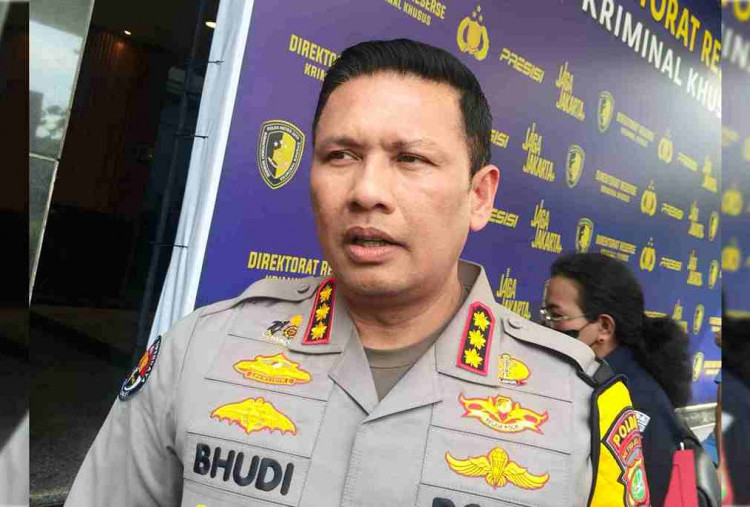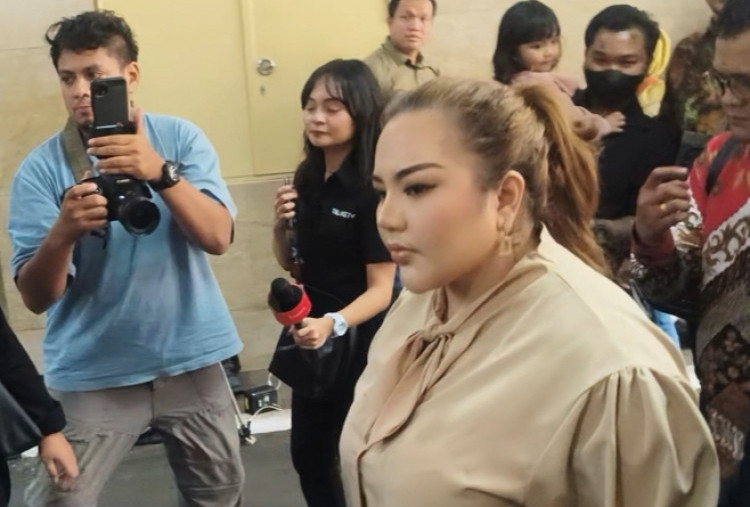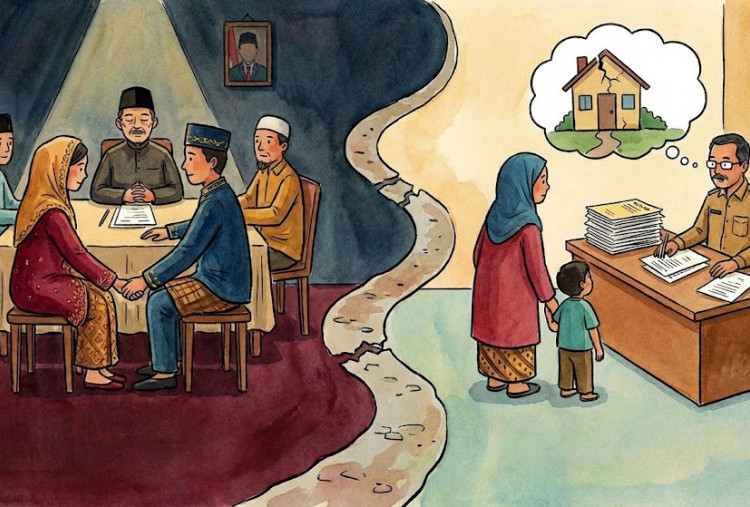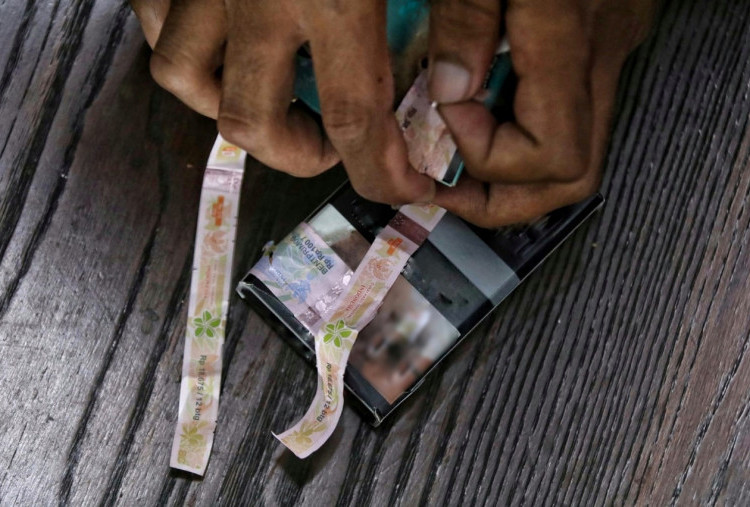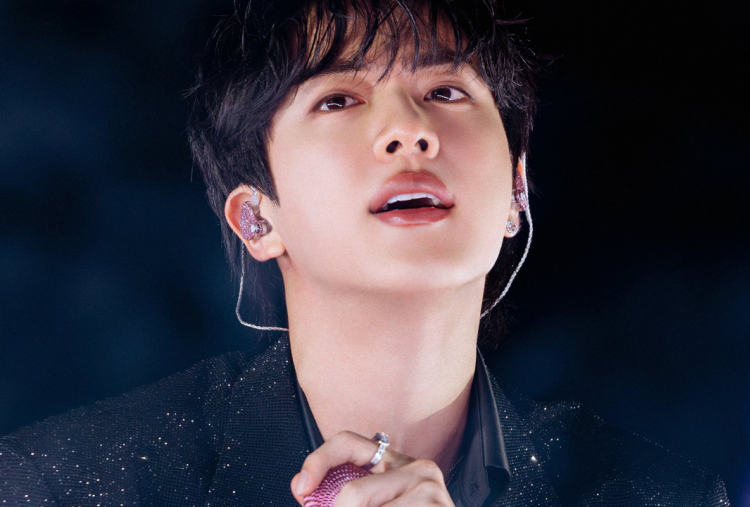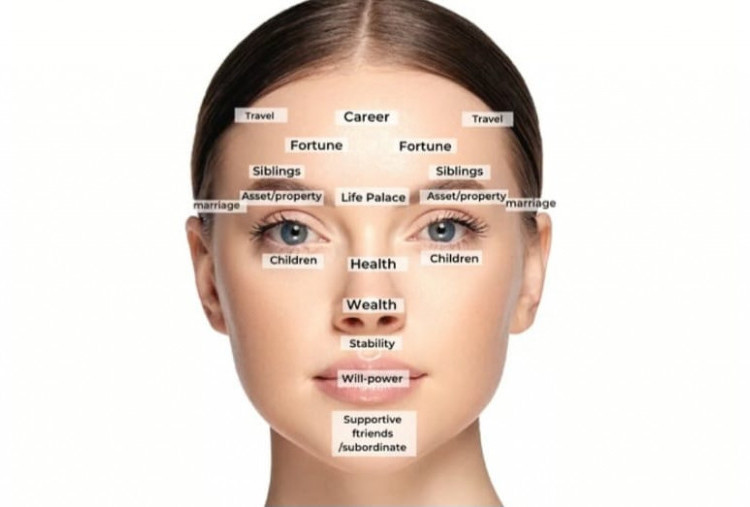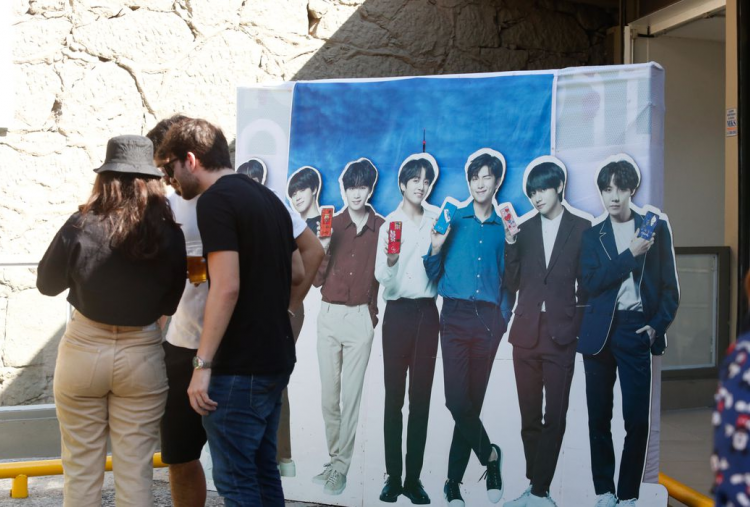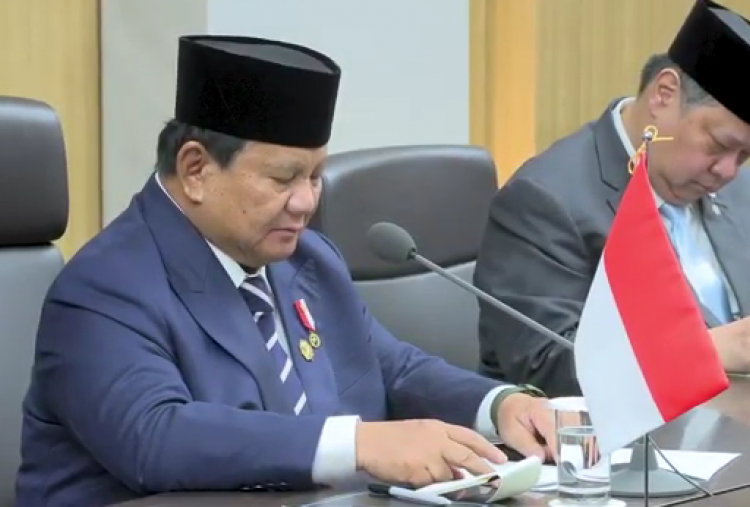Multimodal Expression in BTS’s Music Video Blood Sweat & Tears (2016)
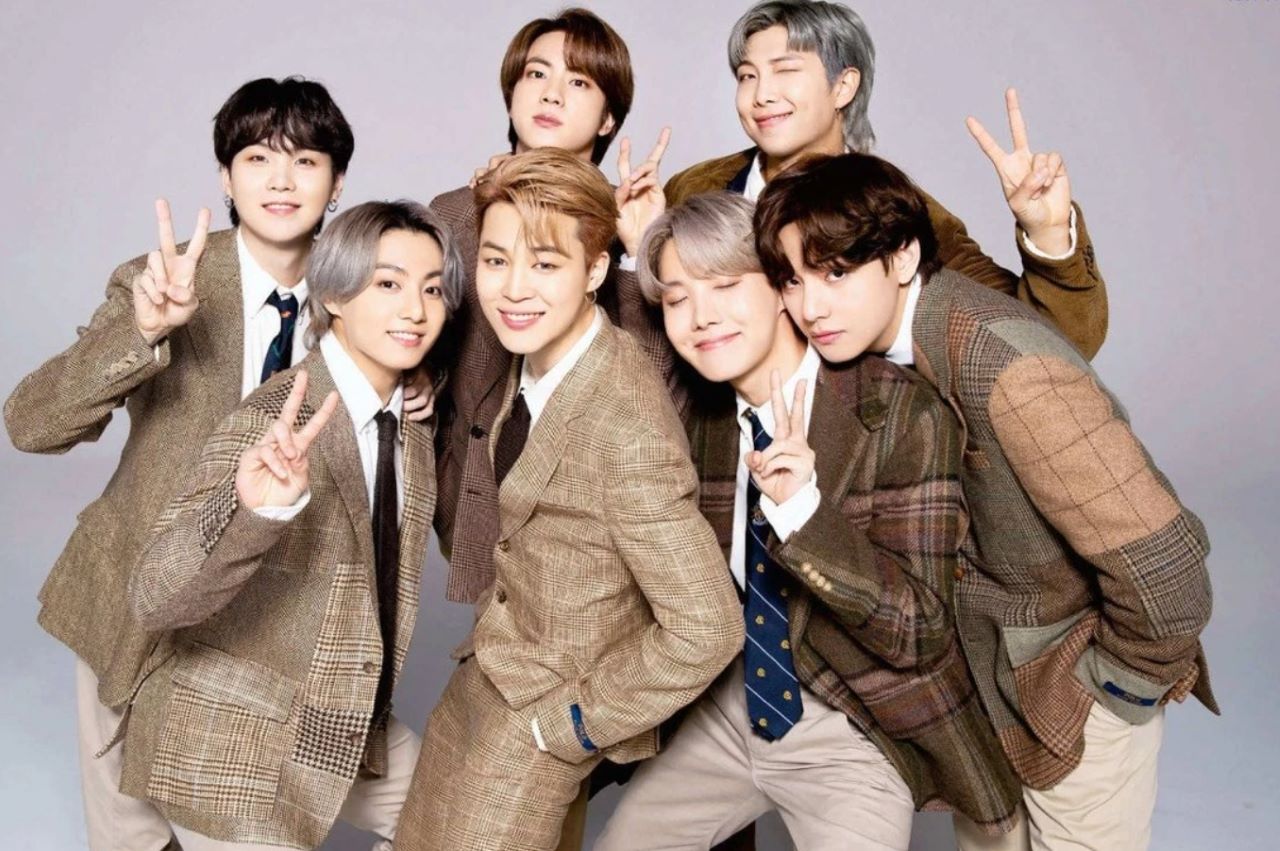
Tak sedikit penggemar yang menyatakan bahwa musik BTS menjadi alasan mereka bertahan hidup. --Instagram @bts.bighitofficial
Visually, Blood Sweat & Tears is designed like a moving museum layered with symbols. The Baroque references are especially strong, particularly through the dramatic lighting (chiaroscuro), which casts sharp shadows on the members’ faces—a technique reminiscent of Caravaggio’s depictions of inner religious turmoil. The members are portrayed with androgynous bodies; Jungkook and Jimin, in particular, are shown in soft, melancholic lighting typical of the Renaissance. This aesthetic challenges conventional masculinity in male K-pop idols and resists traditional gender constructions in media.
BACA JUGA:Pengakuan RM BTS Selama Wamil, Insomnia Parah Sampai Takut Bertemu Malam
BACA JUGA:5 Hal Seru Saat RM dan V BTS Sapa ARMY Sepulang Wamil, Jin dan J-Hope Beri Surprise
This makes BTS a visual space filled with tension between destruction and beauty. In one scene, BTS gathers around Bosch’s The Garden of Earthly Delights, a painting that illustrates sin, earthly pleasures, and spiritual ruin. The MV places this artwork in a contemporary setting, creating a dialogue between the past and the present—as if BTS wants to suggest that existential suffering and temptation are not just classic issues but remain deeply relevant today. A slight touch of cyberpunk appears through glitch effects and neon lighting, adding a fascinating contrast: classical religious visuals combined with modern alienation.
Literature
It is evident that this MV is saturated with literary references; the quote from Hermann Hesse’s Demian forms the core of the MV’s storyline beyond being cited literally. In the middle of the video, the line “The bird fights its way out of the egg…” symbolizes rebirth through suffering. This idea is central to Demian's message—that to shape one's true identity, a person must leave behind their old (socially conforming) world. For example, scenes like “Jimin jumping from the balcony” and “Taehyung shattering glass and kissing a statue” symbolize self-betrayal and descent, potentially referencing the myths of “Lucifer” or “Narcissus,” depending on interpretation.
There is also the “golden calf” scene shown with RM; this is a classic symbol from the story of Moses and idolatry. In this context, it can be interpreted as a critique of an industry system that worships worldly pleasure and materialism. Thus, literature and myth are not merely adapted, but merged into a narrative addressing spiritual and social crises in the era of K-pop and global capitalism.
Narrative Storytelling
The MV’s complex narrative is built through interwoven visual and literary symbols, such as the recurring motifs of the apple, broken wings, and mirrors. The opening scene showing Jungkook biting an apple (0:58) introduces the themes of sin and temptation, referencing the Biblical story of Adam and Eve while also echoing the symbolism in Demian. The repetition of these motifs not only strengthens the narrative structure but also deepens the layered meanings.
Jimin’s fall from the stairs while reaching for the light (1:30) serves as a metaphor reflecting the tragedy of Icarus in Greek mythology—flying too close to the sun until his wings melted. The use of slow motion and dramatic music shifts highlights this moment, emphasizing the contrast between the desire to attain greatness and the ensuing downfall. The backdrop painting The Fall of the Rebel Angels by Pieter Bruegel reinforces the theme of falling from grace. Through these elements, the narrative warns of unchecked ambition while illuminating the paradox between human aspiration and limitation.
BTS’s dynamic choreography, marked by the members moving away from and toward each other (2:15), represents internal conflict and the complex relationships between characters. The collective motion of covering their eyes (3:02) paired with the lyric “I can’t even look at myself” indicates the inability to face reality. Each dance movement is designed to convey the emotional and psychological struggles of the characters. The final scene, where the members gather in a circle yet remain confined (3:45), is intentionally ambiguous: does it represent unity or entrapment? The MV’s ability to provoke various interpretations shows its thematic depth about the coming-of-age journey. In this way, BTS transforms pop music into a rich and meaningful storytelling medium.
Conclusion
Blood Sweat & Tears by BTS is not merely pop music; it is a multimodal creation that boldly blends visual art, literature, and embodied narrative to explore themes of maturity, spirituality, and identity. BTS transforms Western references (such as Demian, the Icarus myth, and Renaissance paintings) into a contemporary cultural commentary on how youth are trapped between materialistic temptations and the search for meaning.
As a cultural product, BTS proves that K-pop can serve as a philosophical medium. BTS not only utilizes Western aesthetics but reinterprets them through a Korean lens, creating a cross-cultural dialogue that resonates globally. With its intentional ambiguity and rich symbolism, the MV invites viewers to think critically. (*)
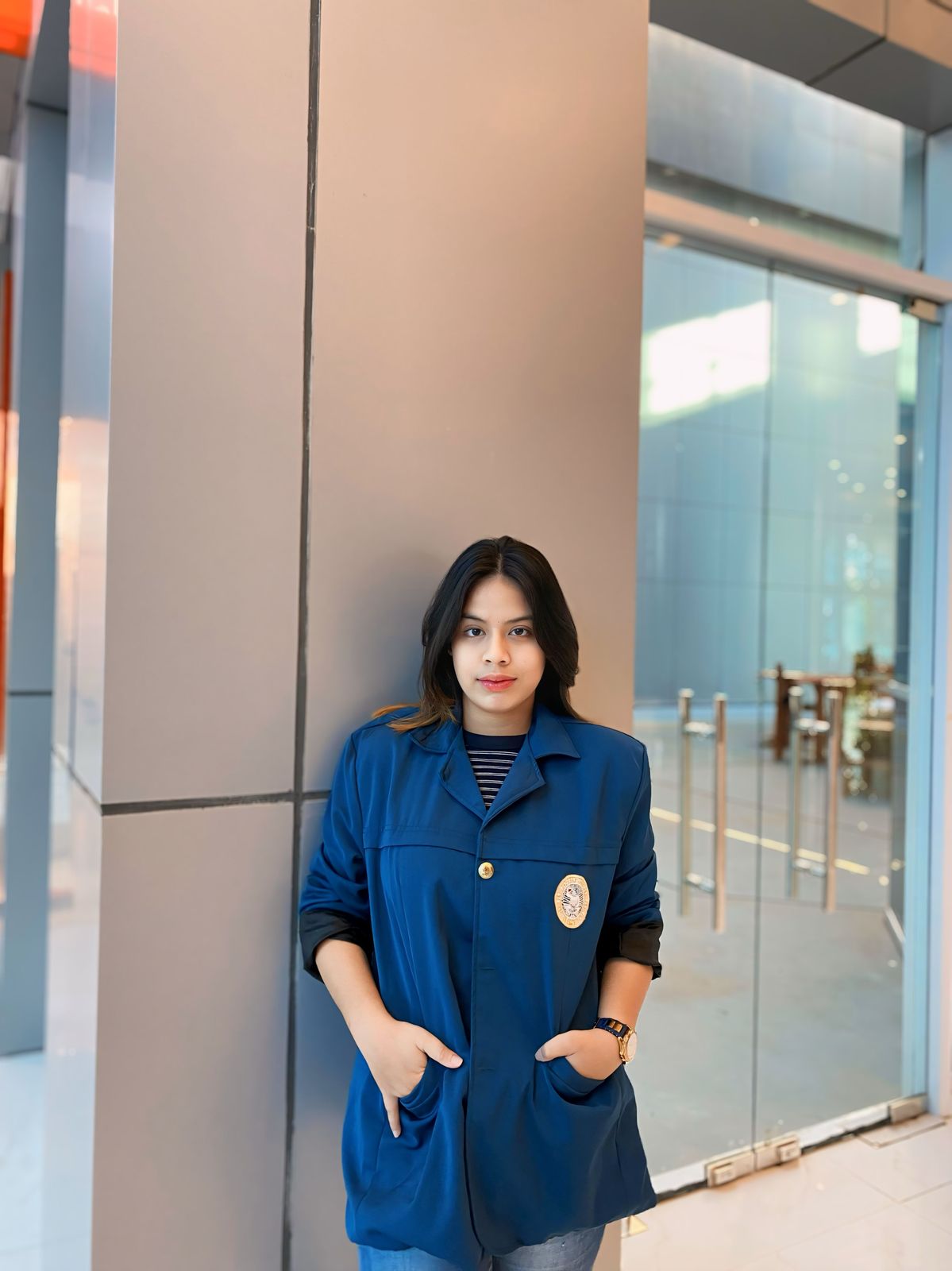
Pingkan Ary--
Cek Berita dan Artikel yang lain di Google News
Sumber:


